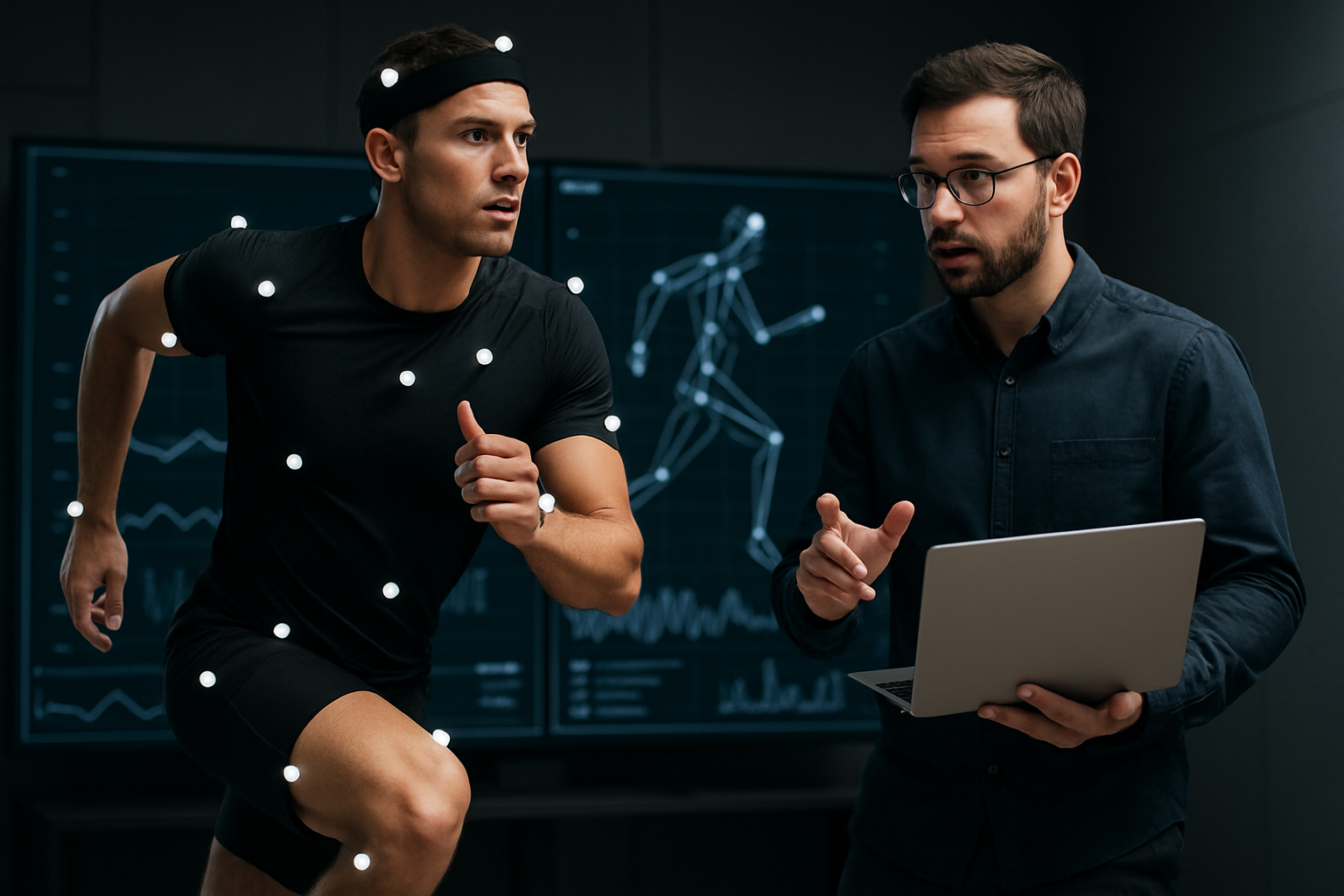Coach-athlete feedback systems that improve skill acquisition
Effective coach-athlete feedback systems combine objective data, observational insight, and structured communication to accelerate skill acquisition. By integrating measures from training and conditioning, wearables and analytics, and attention to recovery and nutrition, coaches can tailor instruction and manage load to support learning while reducing injury risk and optimizing long-term development.

How does feedback aid training and conditioning?
Feedback bridges practice and performance by making errors visible and reinforcing correct movement patterns. In training and conditioning contexts, timely, specific feedback helps athletes adjust technique, pacing, and effort. Coaches should balance corrective cues with positive reinforcement and give athletes opportunities for deliberate practice. Feedback that links immediately to the task—video review, short verbal cues, or quantified repetitions—supports motor learning more effectively than delayed, general comments. Structuring sessions so feedback is integrated into repetitions improves retention and transfers to competition environments.
What analytics and wearables provide useful data?
Analytics and wearables supply objective measures that complement coach observation. Devices that track movement, acceleration, and physiological responses provide context for performance: for example, accelerometry quantifies explosive efforts, while heart-rate or HRV (heart rate variability) can indicate autonomic readiness. Data from analytics platforms can reveal trends across sessions, inform individualized training loads, and highlight technical inconsistencies when combined with video. Coaches must interpret wearable outputs critically, aligning metrics to specific skill aims and avoiding overreliance on raw numbers without observational validation.
How to monitor load, HRV, and GPS metrics?
Load monitoring combines internal and external measures to guide progression. External load often uses GPS-derived distance, speed, and acceleration profiles; internal load uses heart rate, perceived exertion, and HRV. Tracking acute to chronic load ratios helps prevent spikes that raise injury risk. Regular HRV trends can signal recovery status and readiness to train, while GPS outputs inform conditioning needs and positional requirements. Integrating these metrics into feedback allows coaches to modulate session intensity and technical focus, adapting drills and rest to individual tolerance and development stage.
How should recovery, sleep, and nutrition inform feedback?
Recovery, sleep, and nutrition influence how athletes respond to training and how quickly skills consolidate. Poor sleep impairs motor learning and decision-making; insufficient nutrition or hydration limits adaptation and increases fatigue during practice. When delivering feedback, coaches should consider these contextual factors: technical errors late in sessions may reflect cumulative fatigue rather than faulty motor patterns. Encouraging athletes to track sleep and recovery alongside training analytics provides a fuller picture for shaping sessions and rehab plans, and helps coaches advise on pacing workloads and recovery strategies.
How does coaching, talent, and rehab fit feedback?
Effective coaching aligns feedback with an athlete’s skill level and learning profile, recognizing talent is multifaceted and develops unevenly. In talent development, feedback emphasizes fundamentals, decision-making, and variability to encourage adaptable skills. During rehab, feedback systems must prioritize safety and progression—linking movement quality to load prescriptions and measurable milestones. Clear, measurable targets combined with frequent, actionable feedback help athletes regain confidence. Local services and multidisciplinary teams (physiotherapists, strength staff, nutritionists) can contribute objective insights that improve the specificity of coaching feedback.
How to apply periodization and load management in feedback systems?
Periodization structures training phases so technical and physical objectives align across the season. Feedback should reflect the current phase: more technical refinement and higher feedback density during skill-focused periods, and broader conditioning cues in heavy-load phases. Load management uses data and subjective reports to adjust intensity or volume, ensuring progress without excessive stress. Feedback loops that include session reviews, trend analytics, and athlete self-report allow dynamic adjustments to periodization, making practice both progressive and responsive to individual adaptation or setbacks.
This article is for informational purposes only and should not be considered medical advice. Please consult a qualified healthcare professional for personalized guidance and treatment.
Coherent feedback systems combine observation, analytics, and athlete-centred communication to accelerate skill acquisition. By integrating wearables, GPS and HRV data with structured coaching cues, considering recovery, nutrition, and rehab needs, and aligning input with periodized planning, coaches can create repeatable pathways for learning. The most effective systems prioritize clear goals, consistent measurement, and adaptability to individual talent and context, supporting sustainable development over time.





